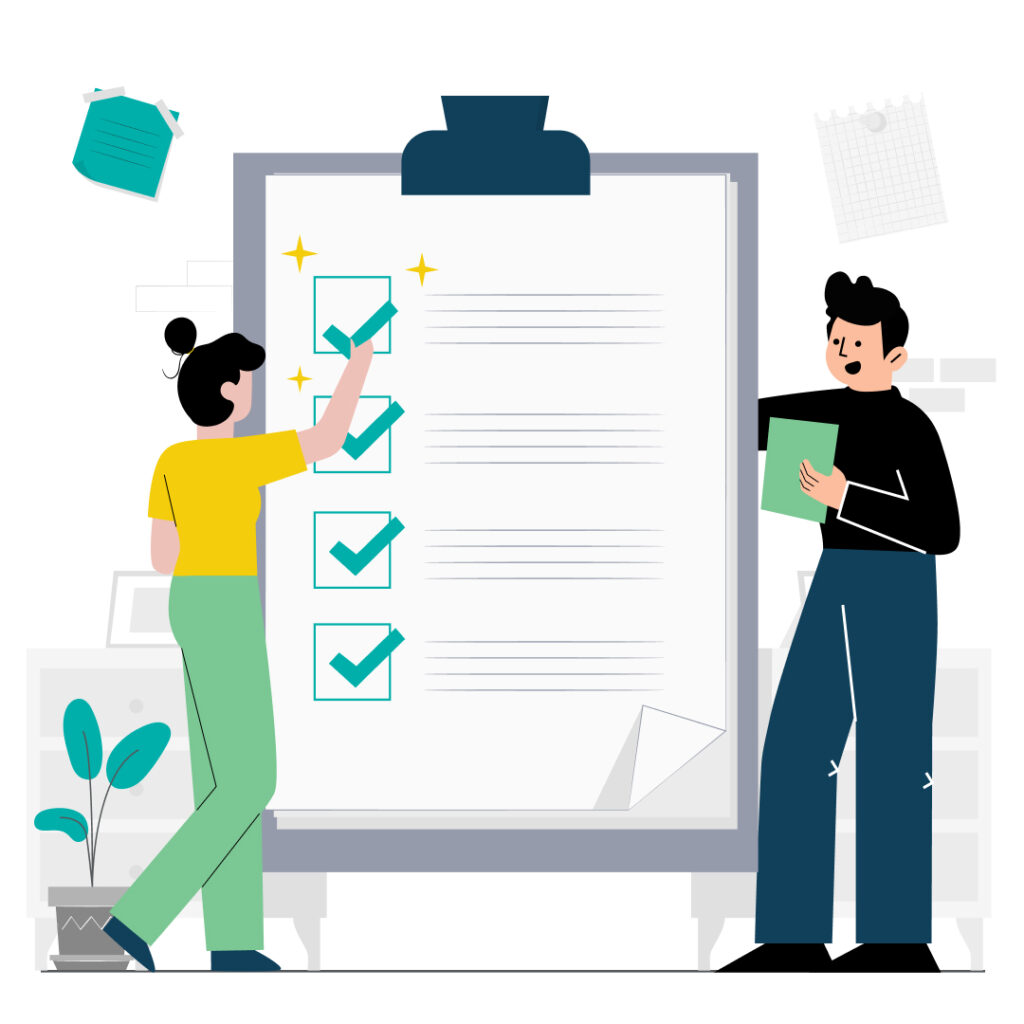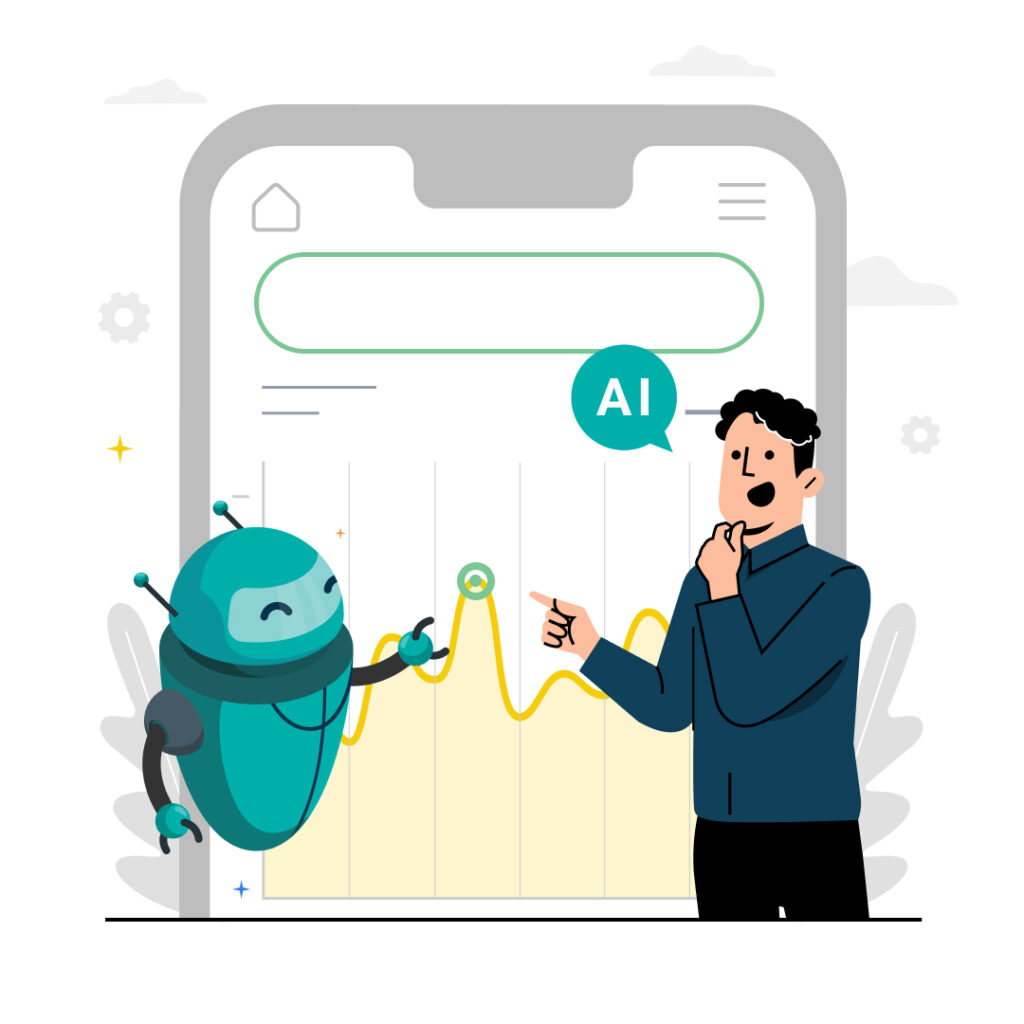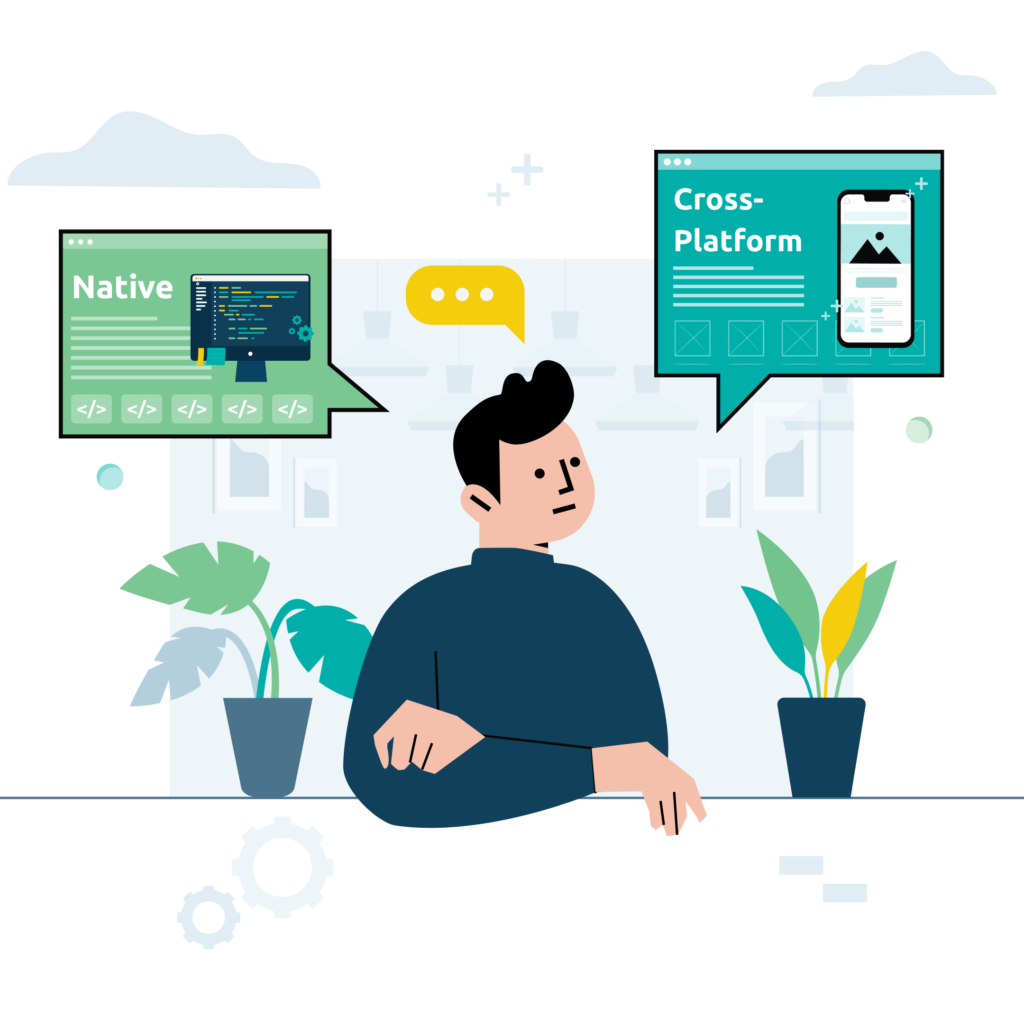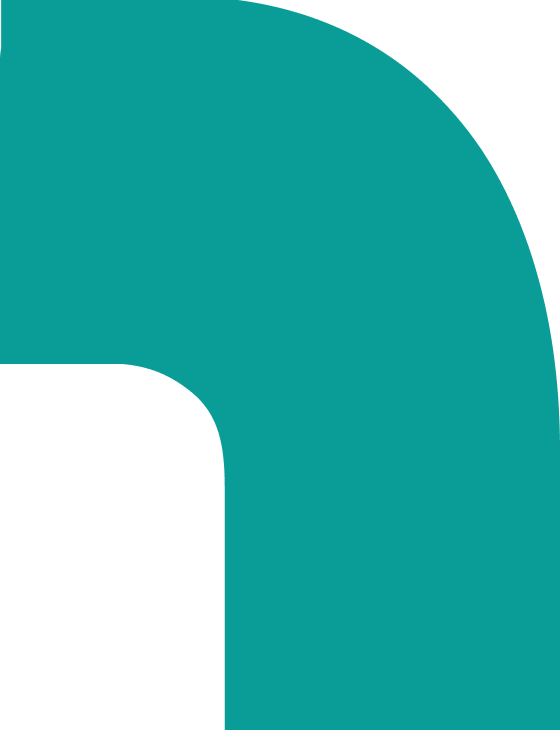In this article we’re going to talk about product conception. We’re going to start with a broad overview of what a viable product idea needs. Then we’ll cover the process — the steps you need to take, the information you need to uncover — to complete your product conception. We’ll use the Lean Canvas for this. The Lean Canvas is a top level summary of your idea that will serve as your blueprint as you move onto the next stage, prototyping.
Why are we qualified to talk about product conception? Experience. Since SoftwareSeni started in 2013 we have taken dozens of businesses from initial idea to launch. We know the blindspots. We know your market isn’t “everyone”. We know how to dig to the core of your idea.
That digging is what this article is about.
The difference between a Good Idea and a Bad Idea
The best ideas come from insiders. People with years of experience and a detailed knowledge of a particular market. Maybe that’s you. Perhaps you’ve seen a pain point being ignored, a gap in the market, or an even larger, more radical opportunity.
This recognition of a real world problem that is calling out to be solved is the first sign you are onto a good idea. Bad ideas tend to be solutions to problems no-one has or no-one is willing to pay to fix.
Good ideas often arrive along with a vision for how to solve the problem. This vision is the start of the product conception.
As a vision, the solution is exciting, inspiring and rich with promise. It’s all three that drive businesses forward. But at this early stage, before vision has met reality, you already need to be prepared for it to grow and change.
It’s not the best quote, but “No plan survives contact with the enemy” is the most relevant. We can paraphrase it as “No business idea survives contact with the market”. At SoftwareSeni, we find it’s the teams that can adapt as they learn more about the intersection of their idea with the market that finish with the best results.
How to explore that intersection between your idea and the potential market, what you need to do and learn, can be a mystery if you’ve never attempted it before. Luckily, there’s a framework that provides a clear guide — the Lean Canvas.
Uncovering your blindspots with the Lean Canvas
Filling out a Lean Canvas will help direct your research and your thinking. It’s not the only way to conceptualise a product, but it’s easy to implement and it’s effective.
The outcome of completing the Lean Canvas is a clear understanding of your product and the business you are going to build around it. It is the necessary input and foundation for your prototype.
Let’s run through the sections of the Lean Canvas.
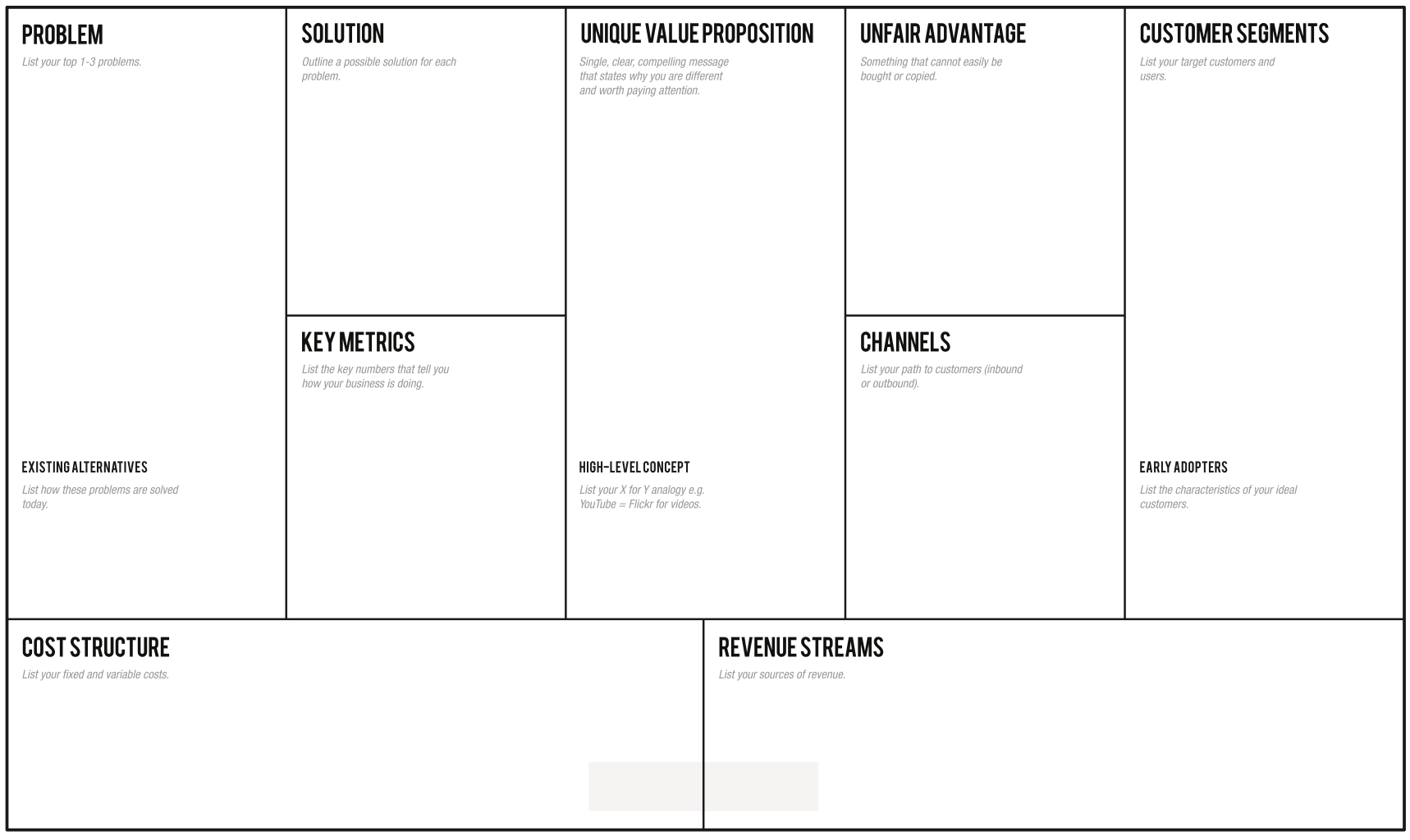
Problems and Solutions
Problems are the pain points you’ve recognised. If you’re diligent you’ve already confirmed they are actual pain points your potential customers have and are willing to pay to fix.
You might be thinking there’s not much space to write these things down. That’s the plan. You want to be concise and clear. It is a communication tool as much as it is a planning tool.
Key metrics and Unique Value Proposition
How are you going to measure progress and success? If you’re a start-up or a scale-up you might be focused on growth and interested in your DAU/MAU ratio or your churn rate. Perhaps you’re also focused on optimising your funnel and you want to track your Cart Conversion ratio. Write them all down.
Your Unique Value Proposition (UVP) is why people should choose you over the market incumbents. Is your UVP viable? Is it valuable? To your users? Is it compelling? Is it new? (Is it just another way to say Unique Selling Proposition?)
High Level Concept
This is the classic “Uber for X” statement. A single, short sentence that communicates what your product is about. Is it Facebook for pets? A concierge for cosmetic surgery? Craigslist for Gamers? AirBnb for medical tourists? A marketplace for pig breeders?
You want a statement here of such clarity that whoever hears it will grasp immediately how your product will work and who will use it.
Unfair advantage
This is a factor that your competitors will find difficult or impossible to replicate. It could be that you’re first in the market. Or your team has cornered the expertise needed. Maybe it’s personal — you’ve built up a community that is eager for your product. Perhaps you have a gun team that can out-manoeuvre the competition.
The bottom line is you want something to protect you from the competition. Once your app goes public and your success becomes apparent competitors will rush in.
Channels, customer segments and early adopters
You need to know where and how you’re going to reach your users. You need to know who they are and what their story is. Key amongst your customers are the early adopters. These could be the users who are simply more inquisitive, more adventurous, or the users who are desperate for a product that will solve their problems. Knowing who they are is the first step to working out how to reach them.
Cost structure and Revenue Streams
The outs and ins of your business model. The cost structure here is of course your initial cost structure. In the beginning it can be the right thing to use strategies that don’t scale. Throwing money at street teams when you launch might be the most effective growth accelerator for you.
The Revenue Stream box is where you lay out how your product is going to earn its money. It could be sales, subscriptions, transaction fees, etc. Don’t have a revenue stream? Congratulations, if you can keep growing fast enough after you go live you might be declared a unicorn, pivot a few times, and back into an IPO via a SPAC before starting your own angel investment firm.
On a serious note, these two boxes will feed back into your Key Metrics. Make sure the relationship between them makes sense.
What it’s going to take to fill in your Lean Canvas

The key to filling out the Lean Canvas is interviewing your potential users. These initial interviews serve as a rough sample of your customer segment. The more users you talk to and the more that see the same problems you do, the more you can be sure you’re on the right track. But the truth is in the numbers. Talk to 5 potential customers and 3 agree? You might be onto something. Talk to 10 more and find no further agreement? You’re starting to get a feel for how pervasive your problem really is, or is not.
An initial online survey can help here. It’s faster than conducting 100 interviews and the Lean Methodology is all about speed. As a first step it can help you confirm interest level and even refine your market segment.
The final output – ready for prototyping
Coming out of this process, completing your Lean Canvas, your moment of inspiration has been tested, improved, focused. You had an idea and now you have a product concept you can clearly communicate to others — your team, your customers, your potential investors.
With a solid product concept you’re ready for the next stage — prototyping. Read an introduction to prototyping your app here.
Until then, if you have a product concept you want to take to the next level, get in touch. We’d love to talk about it with you.
(You can also start your lean canvas right now by clicking here.)



